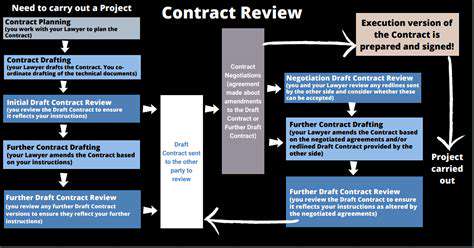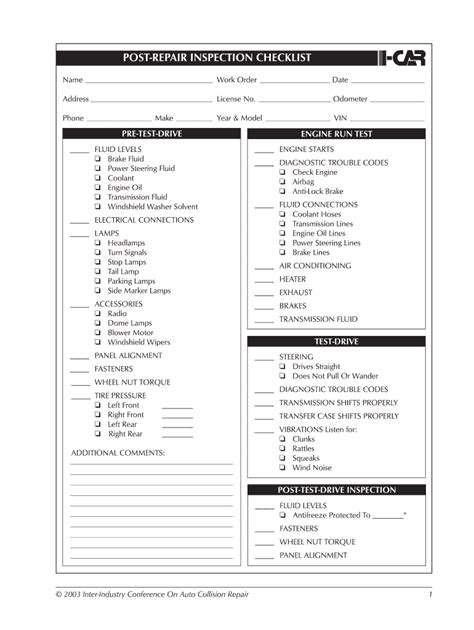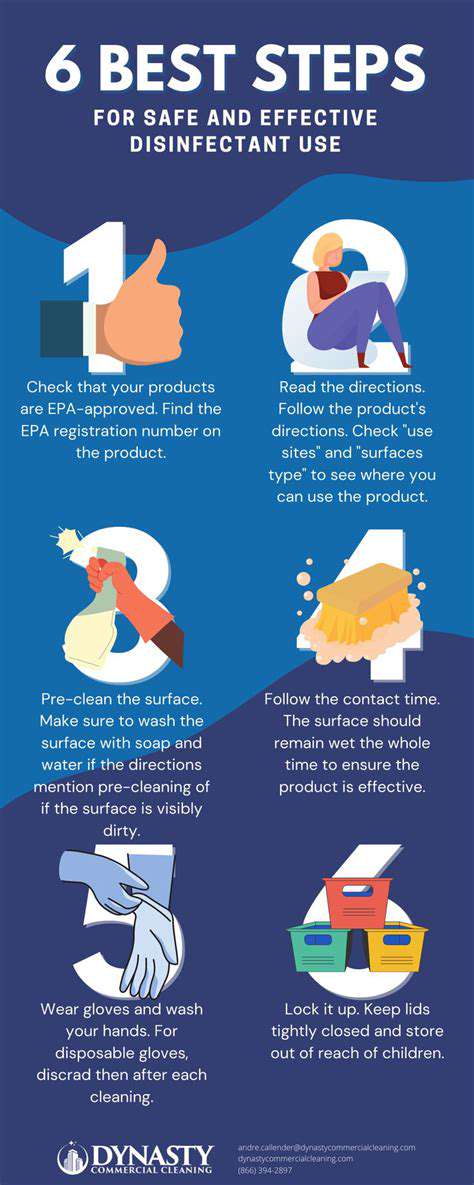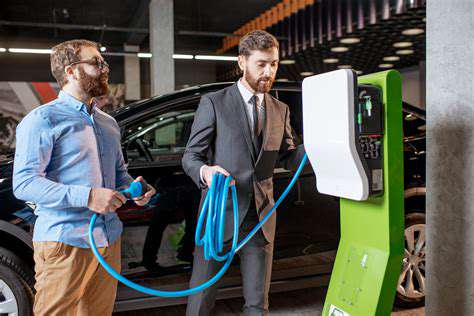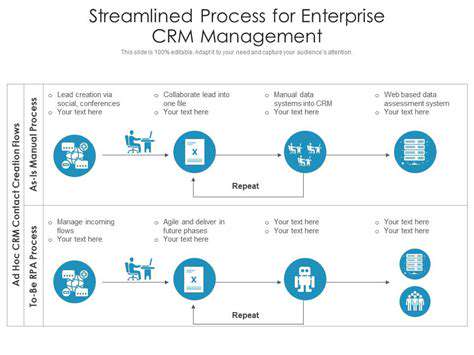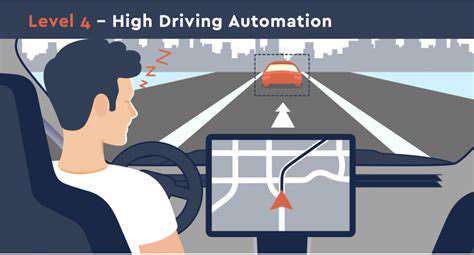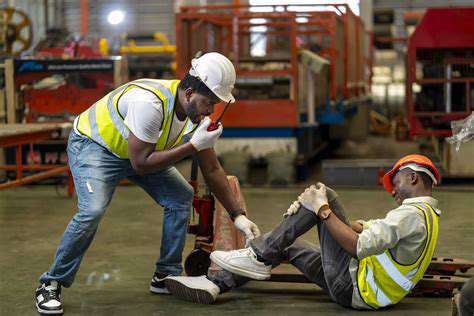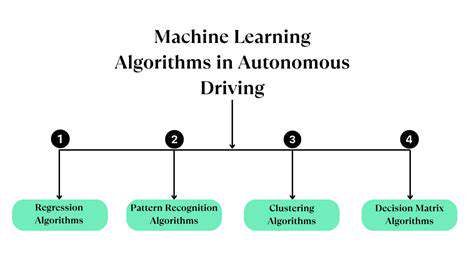
Object Detection and Classification for Safe Navigation
Object Detection Techniques
Object detection, a crucial component of safe autonomous navigation, employs various techniques to identify and locate objects in the environment. These techniques, ranging from traditional methods like Haar cascades to more sophisticated deep learning approaches like YOLO (You Only Look Once), play a vital role in enabling autonomous vehicles to perceive their surroundings. Deep learning models, particularly convolutional neural networks (CNNs), excel at extracting complex features from images and videos, leading to more accurate and robust object detection capabilities. This allows vehicles to accurately distinguish between pedestrians, vehicles, traffic signs, and other crucial elements for safe navigation, enabling them to react appropriately and avoid collisions.
Different object detection algorithms have varying strengths and weaknesses. Some prioritize speed, while others prioritize accuracy. The choice of algorithm often depends on the specific application and the computational resources available. Understanding the trade-offs between speed and accuracy is critical for optimizing the performance of autonomous navigation systems. Real-time performance is paramount in ensuring that vehicles can process incoming sensory data swiftly, enabling quick responses to dynamic situations on the road.
Classification for Precise Object Categorization
Beyond simply detecting objects, autonomous systems need to accurately classify them. This classification step is essential for understanding the meaning and context of detected objects. For instance, distinguishing between a bicycle and a motorcycle is critical for appropriate reaction planning. Accurate classification helps vehicles to understand the intention and behavior of other road users, which is essential for safe and effective navigation. This process requires sophisticated algorithms that can analyze various visual and contextual cues to determine the precise category of each detected object.
The process of classifying objects involves training machine learning models on large datasets of labeled images and videos. These models learn to associate specific visual features with particular object classes. This training process allows the algorithms to generalize their knowledge and accurately classify objects they have not encountered before. The quality and representativeness of the training data directly impact the accuracy and robustness of the classification process. A comprehensive dataset covering diverse lighting conditions, weather patterns, and object appearances is paramount for reliable classification.
Integrating Object Detection and Classification into Autonomous Navigation
Integrating object detection and classification into a comprehensive autonomous navigation system necessitates a sophisticated architecture. This involves not only the choice of appropriate algorithms but also the seamless integration of sensor data, such as camera feeds, LiDAR scans, and radar signals. The system needs to process this data in real-time to make informed decisions about the vehicle's actions. This sophisticated data fusion process is crucial for generating a complete and accurate representation of the surrounding environment.
The output of the object detection and classification modules is used to inform the decision-making processes of the autonomous navigation system. This includes generating driving plans, adjusting vehicle speed and trajectory, and responding to dynamic situations such as sudden changes in traffic flow or unexpected obstacles. Furthermore, the system must account for potential errors in object detection and classification, incorporating robust error handling mechanisms to ensure safety and reliability.
Efficient communication and coordination between different modules within the autonomous navigation system are essential for optimal performance. This includes clear communication channels for sharing information about detected objects, their classifications, and their potential impact on the vehicle's trajectory. This ensures that all components of the system work together harmoniously to achieve safe and effective navigation.


